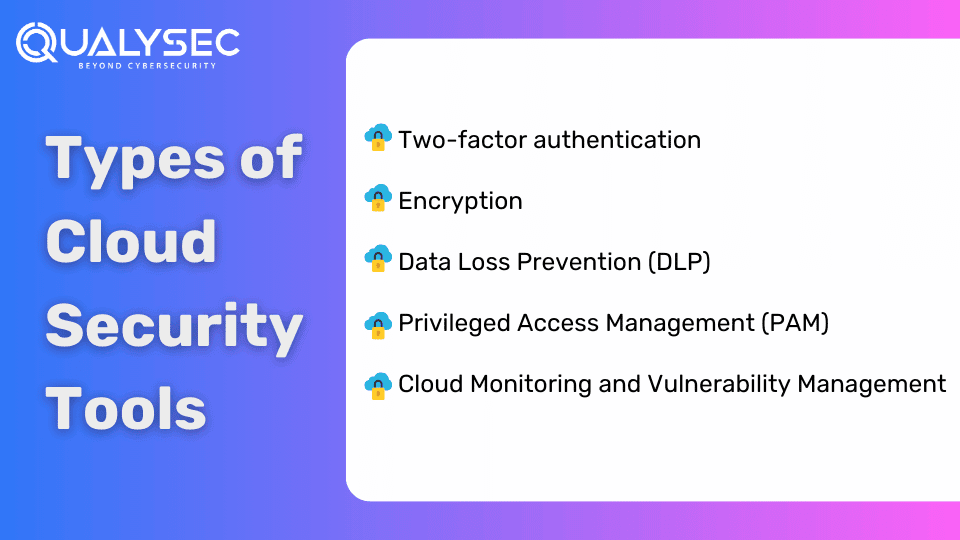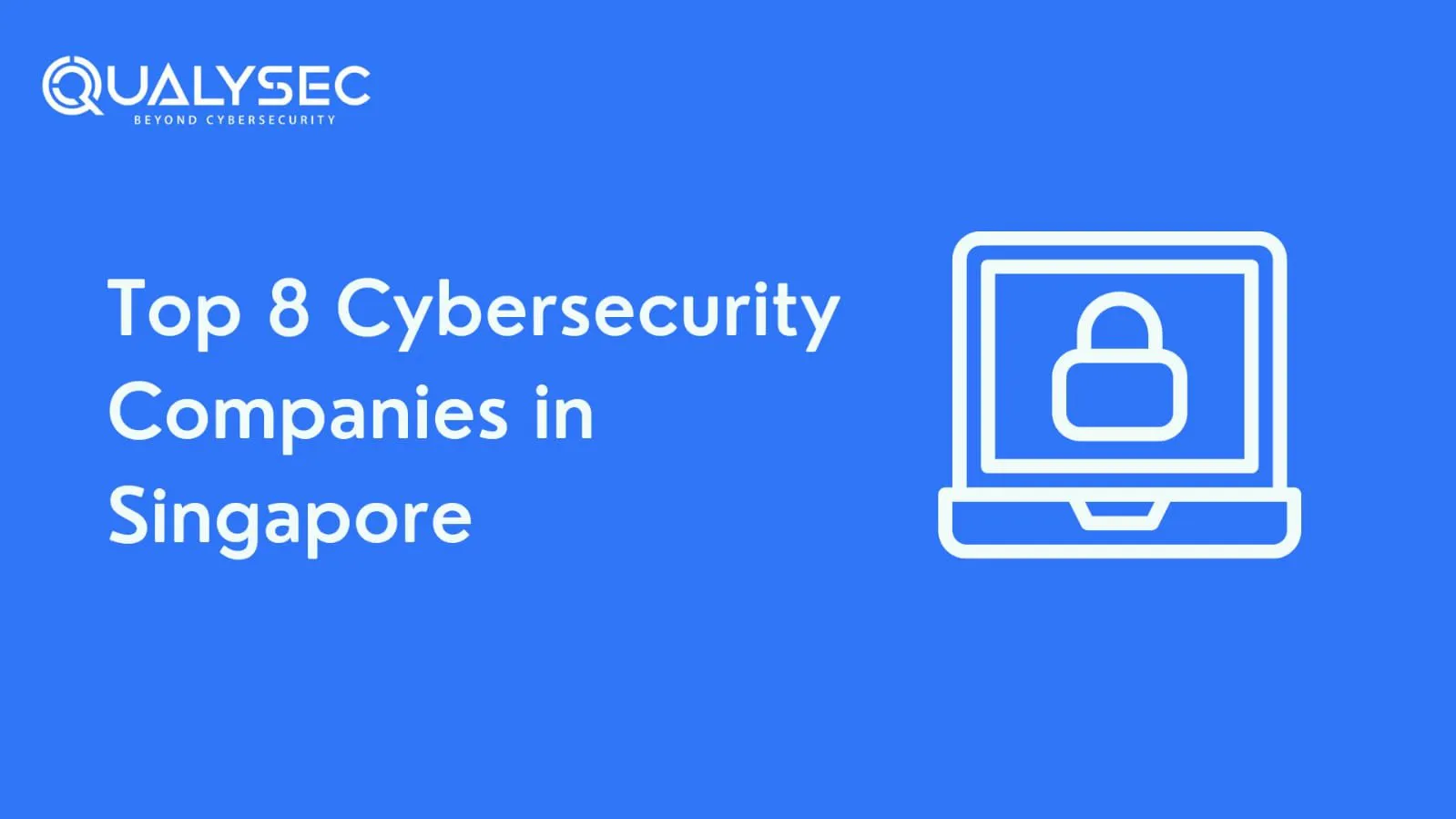In a world where businesses increasingly rely on cloud services, robust security measures are paramount. Every aspect of the system’s security is crucial, from encryption to access management and regular compliance audits. Looking at the statistics of 299,368,075 breached data, this blog will discuss cloud security and types of cloud security tools and how can these tools help you secure your cloud computing environment.
What is Cloud Security?
Cloud Security is the range of policies, technologies, and controls that prevent data, applications, and infrastructure in the cloud computing environment from getting compromised. Additionally, it includes whatever steps are taken to protect data from unauthorized access, breaches, and other cybercrimes. The main features are encryption, identity and access management, network security, and compliance with regulatory standards.
Why Do We Need Cloud Security?
Cloud security is essential because it protects data stored in the cloud from unauthorized access, intrusions, and cybercrimes. Cloud security guarantees data confidentiality, integrity, and availability, protecting against data loss, theft, and manipulation. Besides, compliance regulations impose strict security rules for personal and corporate data. The absence of solid cloud security enables organizations to suffer reputational damage, financial losses, and even lawsuits. In the long run, cloud security investments protect assets, build trust, and facilitate secure digital transformation.
Types of Cloud Security Tools
Cloud security tools are vital for protecting the data and applications on cloud platforms. Here are some common types of cloud security tools:
1. Two-factor authentication
Two-factor authentication is a powerful security tool that requires users to confirm their login credentials using multiple personal devices, regardless of their location, thus keeping intruders from unauthorized access. This is useful for remote or hybrid work environments, providing solid security without limiting device or location usage.
2. Encryption
The encryption provides extra security to data storage and transmission; the data remains unreadable to a person who lacks the encryption keys. This protects attackers from extracting secret data, making the security better.
3. Data Loss Prevention (DLP)
Data Loss Prevention (DLP) solutions protect data at rest and in transit against internal and external threats like accidental disclosure. These solutions offer complete insight and control within the Software as a Service (SaaS) and Infrastructure as a Service (IaaS) applications.
4. Privileged Access Management (PAM)
Privileged Access Management (PAM) is another essential layer of security that is especially significant today with the increase in contractors and remote workers. It validates users and their activities, and an additional verification is provided to 2FA to ensure access is secured.
5. Cloud Monitoring and Vulnerability Management
Cloud monitoring and vulnerability management systems offer extensive visibility into both physical and virtual servers. Constantly monitoring data allows early detection of threats and risks, automatically linking to existing operations for improved security.
Top 10 Cloud Security Tools for Businesses
Cloud security tools are essential for safeguarding data, applications, and infrastructure in cloud environments. Here is a list of the top 10 cloud security tools for businesses:
| Sl.No | Tools | Description |
| 1. | McAfee Cloud Workload Security | Provides an all-around defense for cloud environments against threats and vulnerabilities. |
| 2. | Microsoft Azure Security Center | Ensures advanced threat protection for all cloud workloads. |
| 3. | CloudPassage Halo | Automates security and compliance for the cloud OS servers. |
| 4. | AWS (Amazon Web Services) | Provides a wide range of security tools and features for cloud environments, such as AWS Identity and Access Management (IAM), AWS Key Management Service (KMS), and AWS CloudTrail for auditing. |
| 5. | Nessus | A popular security tool that is used to identify issues on the network, including cloud computing. |
| 6. | CloudBrute | A tool that can be used for cloud security assessment and penetration testing. |
| 7. | PACU (Penetration Assessment tools for Cloud environments) | An open-source AWS exploitation framework designed for testing the security of AWS environments. |
| 8. | Netsparker | An automated security tool for cloud and web applications that helps identify vulnerabilities. |
| 9. | S3Scanner | S3Scanner is a tool that checks Amazon Simple Storage Service (S3) buckets for security issues by looking for those that are publicly accessible and analyzing their contents. It helps organizations ensure their S3 buckets are properly configured to protect sensitive data. |
| 10. | Mimikatz | Mimikatz is a Windows tool that extracts sensitive information from a computer’s memory. It can be used to show where a system’s security might be lacking and why it’s essential to use strong passwords. |
Cloud Security Best Practices
Here are some of the best practices for ensuring security in a cloud computing environment:
1. Data Encryption
Establish robust encryption procedures for data in transit and for data at rest. Use industry-standard encryption algorithms to protect sensitive information from unauthorized access, thus ensuring data integrity and confidentiality within the cloud environment.
2. Access Control and Identity Management
Implement strong access controls and robust identity management solutions to regulate user access to the cloud resources. Apply methods such as multi-factor authentication (MFA), role-based access control (RBAC), and the principle of least privilege to prevent the risk of unauthorized access and privilege escalation.
3. Regular Security Audits and Compliance Checks
Perform security audits and compliance checks regularly to determine the efficiency of the security measures and ensure that the regulations are being followed. Use automated tools and manual penetration testing methods to locate weaknesses, misconfigurations, and security loopholes in the cloud infrastructure.
4. Cloud Provider Security Assurance
Analyze the security frameworks and certifications of cloud service providers (CSPs) before choosing a provider. Select CSPs that follow industry-standard security frameworks and compliance certifications, such as ISO 27001, SOC 2, and CSA STAR, to guarantee strong security controls and regulatory compliance.
Would you like to know more about the tools used to conduct cloud security tests ? Reach out to knowledgeable security experts and arrange a consultation.
Talk to our Cybersecurity Expert to discuss your specific needs and how we can help your business.
Conclusion
Cloud security is highly significant for organizations to protect their data and applications in the cloud. Encryption, access controls, auditing, and choosing reliable cloud service providers assist organizations in protecting themselves against cyber-attacks. Integrating cloud security preventive measures reduces risks and provides trust, leading to smooth digital innovation. Therefore, accepting these measures protects against possible breaches and builds resilience in the ever-changing digital world, guaranteeing the security and long-term of businesses in the cloud era.
Latest Penetration Testing Report

FAQs
Q. What are the types of cloud security?
A. The types of cloud security include data protection, identity and access management (IAM), network security, encryption, and compliance. These measures protect cloud infrastructure, applications, and data from unauthorized access, breaches, and compliance violations.
Q. What is meant by cloud security?
A. Cloud security protects data, programs, and infrastructure hosted in cloud environments against unauthorized access, data breaches, and other cyber threats. It includes a variety of tactics and technologies for protecting the confidentiality, integrity, and availability of cloud resources.
Q. Why is cloud security so important?
A. Cloud security is essential because it defends data stored in the cloud from unauthorized access, intrusions, and cybercrimes. Protecting sensitive data becomes critical, with more businesses relying on cloud services for storage, computing, and collaboration.


































































































































































































































































































































0 Comments